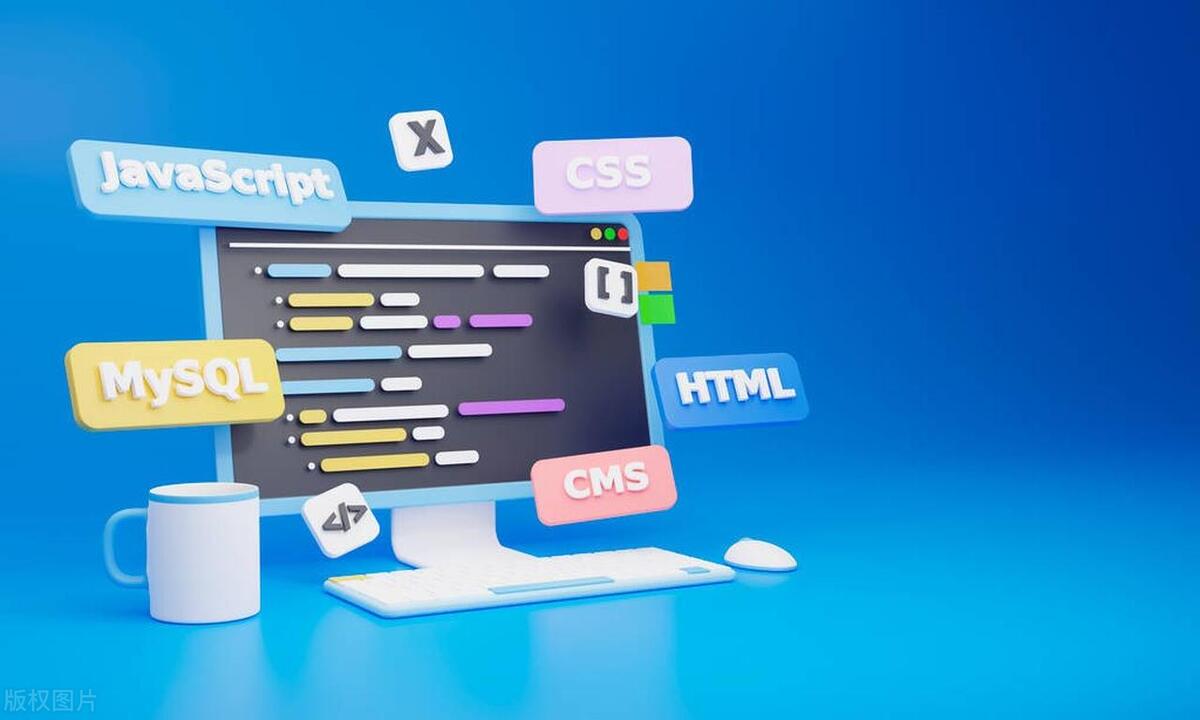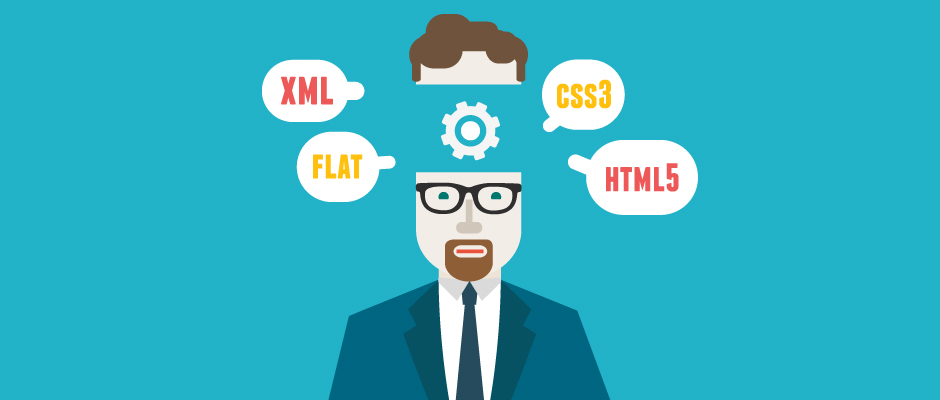Implementing Transformations Using the CSS Transform Property
Jul 15, 2025 am 01:01 AMThe CSS transform attribute is used to rotate, scale, tilt, and translate elements without affecting the document flow. Its basic syntax is transform: function values, such as rotate(), scale(), translate() and skew(). Multiple functions are separated by spaces and executed in order from right to left. Unlike top and left, translate is rendered through GPU, which is more suitable for animation and has better performance. Use transform-origin to adjust the transform center point, supporting two or three values to define the origin position. The order of multiple transformations will affect the final effect, so please be careful to execute the rightmost function first. Mastering these key points allows for smooth and complex visual effects.

The transform attribute of CSS allows you to rotate, scale, tilt and translate elements without changing the document flow. It is not only simple and effective, but also has good performance, suitable for animation and interaction effects.

How to use transform basic syntax?
transform property accepts one or more functions as values that define the type of transformation you want to apply. The basic writing method is as follows:

transform: rotate(30deg) scale(1.5);
You can apply multiple transformations at the same time, just separate them with spaces. The order is important because the browser will perform the transformation in the order from right to left (i.e. scale first and then rotate).
Commonly used transformation functions include:

-
rotate()—— Rotate -
scale()— scale -
translate()——Plant -
skew()——Tilt
For example, if you want a button to zoom in and rotate slightly when clicking, you can write it like this:
button:hover {
transform: rotate(5deg) scale(1.1);
}What is the difference between translate and absolute positioning?
Many people will ask: Since translate can move elements, what is the difference between it and position: absolute; top: xx; left: xx ?
In fact, their functions look similar, but the underlying mechanisms are different. translate is rendered at the GPU level, which is more suitable for animation and has better fluency; while top and left trigger layout rearrangement, which is slightly inferior in performance.
For example, if you want to make a sliding animation, using translate is more recommended than directly changing top value:
.slide-in {
transform: translateY(-20px);
opacity: 0;
transition: all 0.3s ease;
}
.slide-in.active {
transform: translateY(0);
opacity: 1;
}This will make the animation smoother, especially on mobile devices.
transform-origin Adjust the transformation center point
By default, the transformation is performed around the center point of the element. But if you want to rotate around the upper left corner, or zoom at a specific point, you need to use the transform-origin property.
For example:
.box {
transform: rotate(45deg);
transform-origin: top left;
}This causes the element to rotate with the upper left corner as the axis. This property is often used in scenes such as icon animation, menu expansion and collapse.
You can set two or three values to control the origin position, for example:
-
transform-origin: 50% 50%(default, center) -
transform-origin: left bottom -
transform-origin: 10px 20px
Remember, adjusting origin will affect the entire transformation effect, so it is recommended to cooperate with browser developer tools to view changes during debugging.
How to combine multiple transformations?
As mentioned earlier, there is an order between multiple transformations. Although the writing method is from left to right, the actual execution order is from right to left .
for example:
transform: rotate(30deg) translateX(100px);
In fact, it is to move 100px to the right first, and then rotate the overall 30 degrees. At this time, you will find that the position of the element is not simply shifted 100px to the right, but is offset by an arc around a certain point.
If you want to rotate first and then translate, you need to change the order:
transform: translateX(100px) rotate(30deg);
Understanding this is very important for creating complex animations. If you are not sure about the impact of the order, you can try it a little bit in the browser and observe the differences.
Basically that's it. By mastering the basic usage and common techniques of transform, you can create many practical and beautiful visual effects.
The above is the detailed content of Implementing Transformations Using the CSS Transform Property. For more information, please follow other related articles on the PHP Chinese website!

Hot AI Tools

Undress AI Tool
Undress images for free

Undresser.AI Undress
AI-powered app for creating realistic nude photos

AI Clothes Remover
Online AI tool for removing clothes from photos.

Clothoff.io
AI clothes remover

Video Face Swap
Swap faces in any video effortlessly with our completely free AI face swap tool!

Hot Article

Hot Tools

Notepad++7.3.1
Easy-to-use and free code editor

SublimeText3 Chinese version
Chinese version, very easy to use

Zend Studio 13.0.1
Powerful PHP integrated development environment

Dreamweaver CS6
Visual web development tools

SublimeText3 Mac version
God-level code editing software (SublimeText3)

Hot Topics
 How can CSS be used to implement dark mode theming on a website?
Jun 19, 2025 am 12:51 AM
How can CSS be used to implement dark mode theming on a website?
Jun 19, 2025 am 12:51 AM
ToimplementdarkmodeinCSSeffectively,useCSSvariablesforthemecolors,detectsystempreferenceswithprefers-color-scheme,addamanualtogglebutton,andhandleimagesandbackgroundsthoughtfully.1.DefineCSSvariablesforlightanddarkthemestomanagecolorsefficiently.2.Us
 Can you explain the difference between em, rem, px, and viewport units (vh, vw)?
Jun 19, 2025 am 12:51 AM
Can you explain the difference between em, rem, px, and viewport units (vh, vw)?
Jun 19, 2025 am 12:51 AM
The topic differencebetweenem, Rem, PX, andViewportunits (VH, VW) LiesintheirreFerencepoint: PXISFixedandbasedonpixelvalues, emissrelative EtothefontsizeFheelementoritsparent, Remisrelelatotherootfontsize, AndVH/VwarebaseDontheviewporttimensions.1.PXoffersprecis
 What are the key differences between inline, block, inline-block, and flex display values?
Jun 20, 2025 am 01:01 AM
What are the key differences between inline, block, inline-block, and flex display values?
Jun 20, 2025 am 01:01 AM
Choosing the correct display value in CSS is crucial because it controls the behavior of elements in the layout. 1.inline: Make elements flow like text, without occupying a single line, and cannot directly set width and height, suitable for elements in text, such as; 2.block: Make elements exclusively occupy one line and occupy all width, can set width and height and inner and outer margins, suitable for structured elements, such as; 3.inline-block: has both block characteristics and inline layout, can set size but still display in the same line, suitable for horizontal layouts that require consistent spacing; 4.flex: Modern layout mode, suitable for containers, easy to achieve alignment and distribution through justify-content, align-items and other attributes, yes
 What are CSS Houdini APIs, and how do they allow developers to extend CSS itself?
Jun 19, 2025 am 12:52 AM
What are CSS Houdini APIs, and how do they allow developers to extend CSS itself?
Jun 19, 2025 am 12:52 AM
CSSHoudini is a set of APIs that allow developers to directly manipulate and extend the browser's style processing flow through JavaScript. 1. PaintWorklet controls element drawing; 2. LayoutWorklet custom layout logic; 3. AnimationWorklet implements high-performance animation; 4. Parser&TypedOM efficiently operates CSS properties; 5. Properties&ValuesAPI registers custom properties; 6. FontMetricsAPI obtains font information. It allows developers to expand CSS in unprecedented ways, achieve effects such as wave backgrounds, and have good performance and flexibility
 What is the significance of Vue's reactivity transform (experimental, then removed) and its goals?
Jun 20, 2025 am 01:01 AM
What is the significance of Vue's reactivity transform (experimental, then removed) and its goals?
Jun 20, 2025 am 01:01 AM
ReactivitytransforminVue3aimedtosimplifyhandlingreactivedatabyautomaticallytrackingandmanagingreactivitywithoutrequiringmanualref()or.valueusage.Itsoughttoreduceboilerplateandimprovecodereadabilitybytreatingvariableslikeletandconstasautomaticallyreac
 How can CSS gradients (linear-gradient, radial-gradient) be used to create rich backgrounds?
Jun 21, 2025 am 01:05 AM
How can CSS gradients (linear-gradient, radial-gradient) be used to create rich backgrounds?
Jun 21, 2025 am 01:05 AM
CSSgradientsenhancebackgroundswithdepthandvisualappeal.1.Startwithlineargradientsforsmoothcolortransitionsalongaline,specifyingdirectionandcolorstops.2.Useradialgradientsforcirculareffects,adjustingshapeandcenterposition.3.Layermultiplegradientstocre
 How does provide and inject allow for deep component communication without prop drilling in Vue?
Jun 20, 2025 am 01:03 AM
How does provide and inject allow for deep component communication without prop drilling in Vue?
Jun 20, 2025 am 01:03 AM
In Vue, provide and inject are features for directly passing data across hierarchical components. The parent component provides data or methods through provide, and descendant components directly inject and use these data or methods through inject, without passing props layer by layer; 2. It is suitable for avoiding "propdrilling", such as passing global or shared data such as topics, user status, API services, etc.; 3. Note when using: non-responsive original values ??must be wrapped into responsive objects to achieve responsive updates, and should not be abused to avoid affecting maintainability.
 How can internationalization (i18n) and localization (l10n) be implemented in a Vue application?
Jun 20, 2025 am 01:00 AM
How can internationalization (i18n) and localization (l10n) be implemented in a Vue application?
Jun 20, 2025 am 01:00 AM
InternationalizationandlocalizationinVueappsareprimarilyhandledusingtheVueI18nplugin.1.Installvue-i18nvianpmoryarn.2.CreatelocaleJSONfiles(e.g.,en.json,es.json)fortranslationmessages.3.Setupthei18ninstanceinmain.jswithlocaleconfigurationandmessagefil






